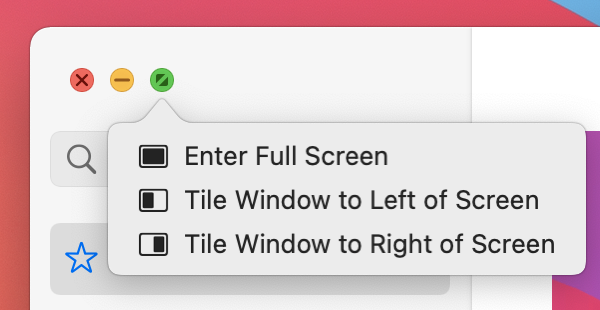
/cdn.vox-cdn.com/uploads/chorus_image/image/65977456/Screen_Shot_2019_12_27_at_2.12.43_PM.0.png)
Overheating may also be a sign of a more serious technical or safety issue, so in some situations you’ll have to take your machine to service to make sure it’s safe to use. Next, if the tasks you give your machine are processing-power heavy, your Mac might be heating up because it’s trying to perform too many operations simultaneously, meaning dozens of open tabs in your browser or several power-hungry apps running at the same time might get your Mac to heat up. Any dust gathering inside your Mac over the years you use it might also contribute to overheating. You could also configure your Rule's conditions to send a response to certain individuals, certain email subjects, or even broader filters such as whether or not the sender is in your contacts list.There are a number of possible reasons your Macbook Pro, Air, or other Mac is getting hot - it might just be placed in direct sunlight or its vents are blocked, preventing them from properly cooling down your Mac’s hard-working internals. If you have more than one email account and only want your automatic reply to be sent to emails received at certain accounts, you can add additional conditions to your Mail Rules.

Once active, everyone who sends an email to your account will receive your automatic reply until you deactivate the rule upon your return. You can deactivate it by unchecking its box in Mail > Preferences > Rules. Once your rule is created, it will be active by default. This will ensure that only new messages receive the automatic response choosing “Apply” instead will send the automatic reply in response to every existing email in your account, no doubt creating a point of tension between you and your soon-to-be-former friends and coworkers as their inboxes fill up with untold copies of your out of office message. Okay, ready? Mail will now ask you if you’d like to apply the rule to existing messages. Read them twice, three times for extra points, and make sure you're familiar with what you need to do before you proceed. STOP and READ the directions for the next step before you proceed. Making the wrong choice will be detrimental to your mental, and possibly physical health.

The text you enter here will comprise the message sent in reply to those who email you while you’re gone.įinally, click OK to finish creating the rule.

Next, click “Reply message text…” to bring up the action’s text input window. To get started, first launch Mail and go to Preferences > Rules.Ĭlick “Add Rule” and give it a pertinent description, such as “Out of Office Auto Reply.” Then set your condition to apply to “Every Message” using the drop-down menu and choose to perform the “Reply to Message” action from the second drop-down selection. For users without that luxury, it’s also possible to configure a local email auto reply using the Rules functionality of Apple’s Mail app. Often in corporate environments a company’s email provider will offer this feature as a server setting. There is additional warning text below, but please read all steps first before doing anything so that you understand the process and can avoid making a incredibly frustrating mistake. WARNING: Before we discuss this topic further, please note that the steps described here, if performed incorrectly, can result in a disaster in which your "out of the office" email will be sent to everyone who has sent emails to your inbox.


 0 kommentar(er)
0 kommentar(er)
